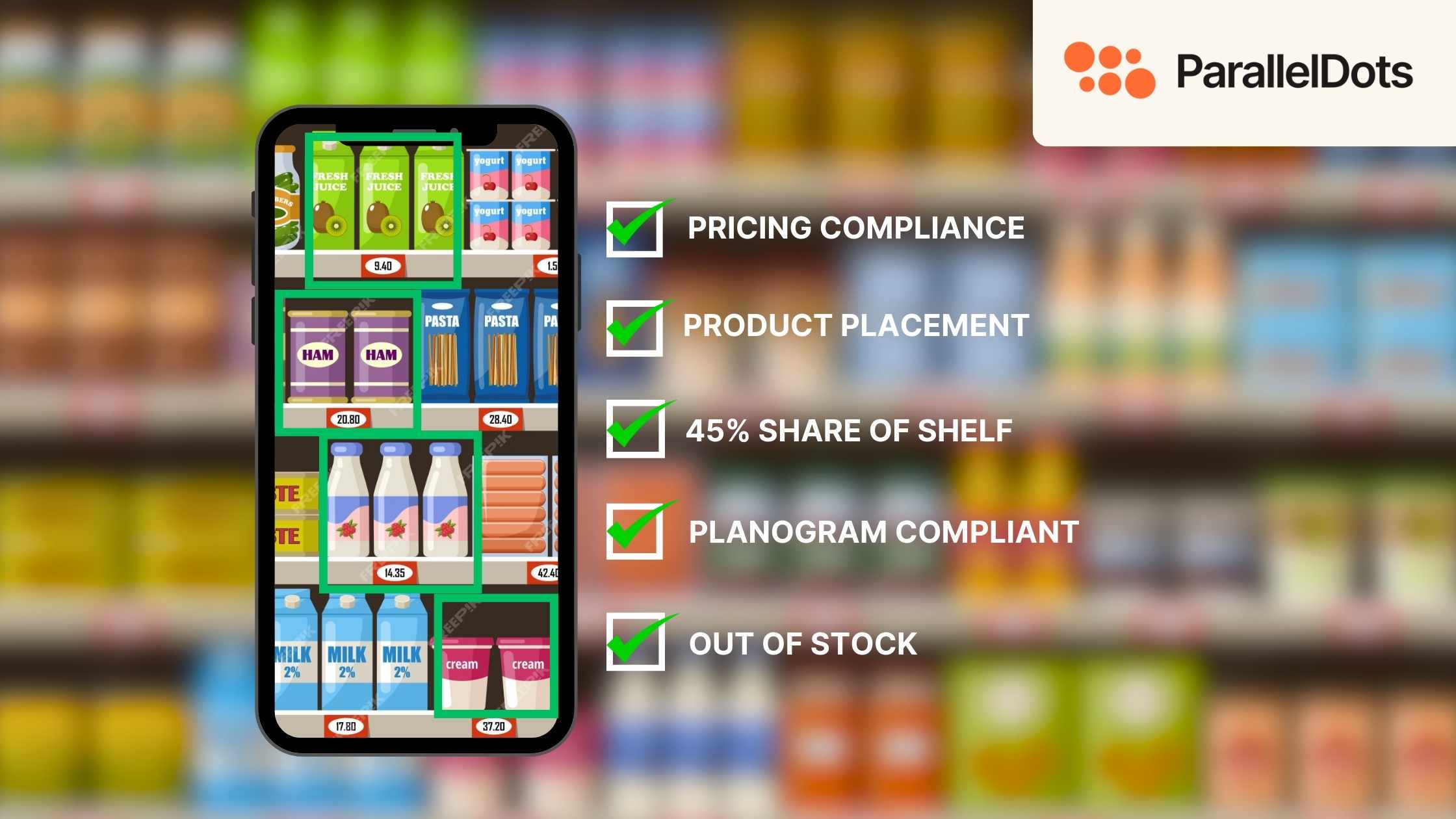AI research is all around us starting from Amazon’s Alexa to Google Home. Gone are the days when AI was considered a thing of the future. In fact, research in this field has led to very tangible and often revolutionary inventions. Artificial Intelligence is a very broad field with many varying branches and infinite applications.
ParallelDots has conducted some of the finest AI research creating some of the most powerful tools with varying applications. Ever since its inception, ParallelDots has always had a great research culture. This fact shines in the various research publications accredited to its team. As 2018 is ending let’s look at what the ParallelDots team has been up to in the past year.
AI Can Now Help Detect Tuberculosis (TB) Automatically At Scale

TB is one the most fatal diseases to have plagued India claiming approximately half a million victims every year. The Indian economy has experienced a dent of 340 billion USD over the period from 2006 to 2014 due to TB. Drug-resistant strains of TB are more problematic and unfortunately also more common in India. The Indian government in 2017 devised a TB policy in 2017 to address and combat this fatal disease. This policy aims at tackling the curse of TB through a 4-pillar DTBP policy.
The very first pillar focuses on Diagnosis. This is where our AI research steps in, acting as a diagnostic agent. ParallelDots tried to show how this works in its research. Drug-responsive TB can be detected by using the Sputum Test. The diagnosis of TB is basically done in two steps: 1. Zoom to a proper level, 2. Detect and locate any bacillus clusters (bacteria that cause TB). The AI research aimed at automating the detection of Bacillus with accuracy. This was achieved with the use of the cascaded neural network as shown in the image. As the dataset grows, this technology can be scaled to at least partially automate TB diagnosis and with a new dataset of Zoom levels, this study could lead to full automation of the Sputum test. Read more about the research here.
A New Undemanding AI Method to Monitor Retail Shelves

Visual detection of retail shelves or any other form of object detection can be achieved by using Deep learning algorithms such as RCNN, YOLO or SSD. However, creating the dataset for these algorithms can be a tedious task and often prove to be expensive. ParallelDots has come up with a new methodology which can detect and localize objects in images, given just a dataset of object instances to train. This technique is called weakly supervised object detection technique.
Let’s say, one needs to locate BIRA cans in images, all they must do is train the algorithm on a dataset of only a few photos of individual BIRA cans. Our network has two stages, where we use a Fully Convoluted architecture trained to classify the object as a primary segmentation map and then rectify this map by a Convolutional Encoder Decoder trained on a synthetic dataset. Read more about the research here.
New AI Method to Determine if Two Sentences are Paraphrases of Each Other

The field of AI is ever evolving and there are always newer and better algorithms to explore. One such algorithm called Supervised Mover's Distance can be used to determine if two sentences are paraphrases of each other. The algorithm is light in terms of parameters (ie, just one LSTM and two Fuccly Connected layers). This method generates next to accurate results on Microsoft Paraphrase Corpus and over 81% on Quora similar Questions corpus. Our algorithm is a combination of LSTMs which create representations of the sentence at various points and Relation Nets which derive the relationship between the sentences. Read more about the research here.
Deep Learning Algorithm to Detect Irony in Text

Irony is a very human trait and is now detectable by Artificial Intelligence. SemEval 2018 Challenge 3 was about detecting the irony in the text. Our Team at ParallelDots undertaking the task was called 'Binarizer' and the approach used transfer learning to detect irony in text. Read more about the research here.
Lifelong Learning Algorithm for Medical Image Analysis

The healthcare segment of ParallelDots Dentistry.AI continuously annotates more and more data to make predictions accurate. Machine Learning products are often faced with the problem of inadequate accuracy and require regular feedback to make the algorithm efficient. ParallelDots solves the problem of incremental training using example mining. Example Mining has been previously used to address the problem of data imbalance but never has someone proposed to use it for incrementally training AI algorithms on feedback received. Read more about the research here.
Multidomain Document Layout Understanding Using Few Shot Object Detection


ParallelDots addresses the problem of document layout understanding using a simple algorithm which can be generalized across multiple domains using only a few examples per domain to train. The problem was solved using the supervised object detection method instead of employing large datasets. ParallelDots used the concept of transfer learning by pre-training the object detector on a simple artificial (source) dataset and fine-tuning it on a tiny domain specific (target) dataset. ParallelDots proved that this methodology can work on multiple domains with as less as 10 training samples. This methodology proved way superior to simple object detectors. Read more about the research here.
We hope you liked the article. Please Sign Up for a free Komprehend account to start your AI journey now. You can also check out free demos of Komprehend AI APIs here.





.jpg)
.jpg)
